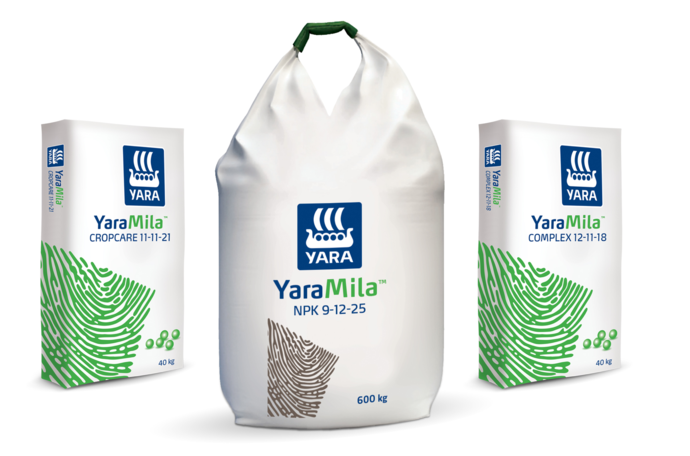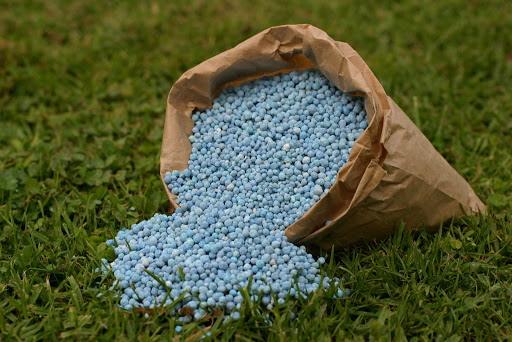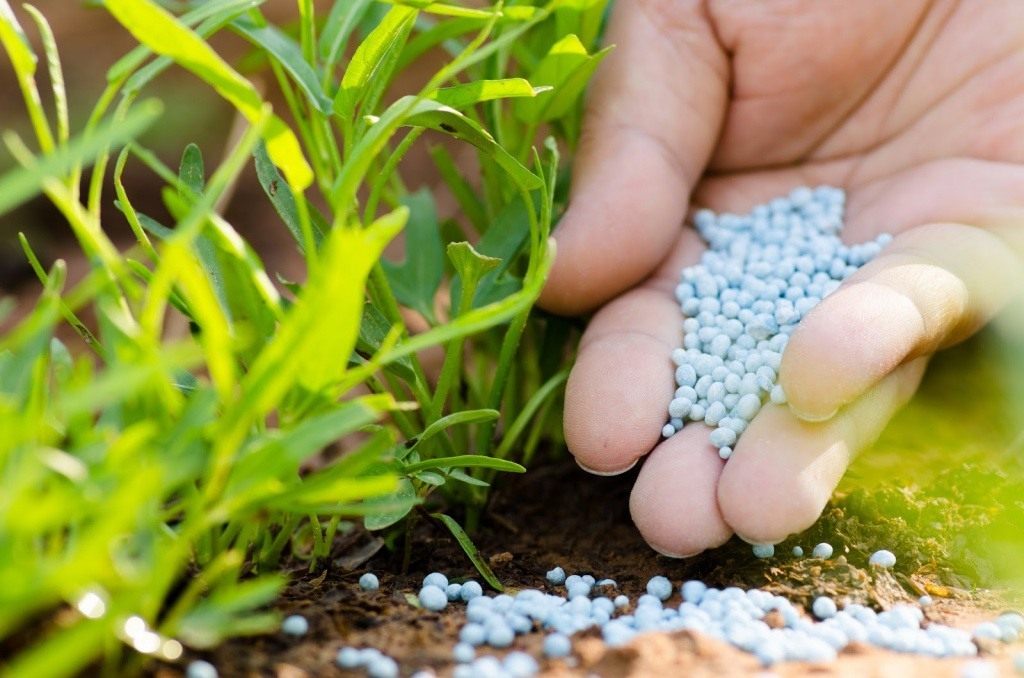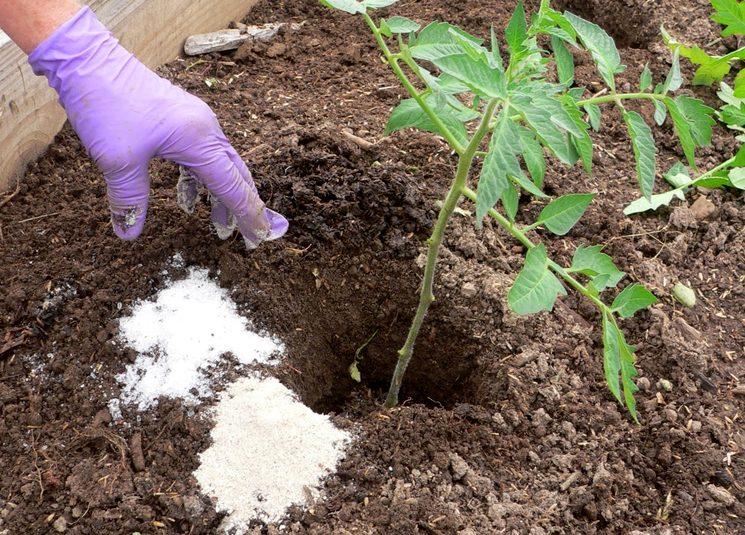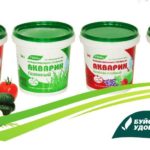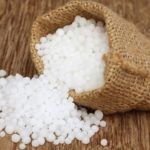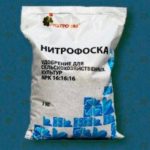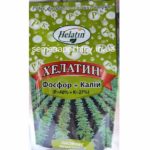NPK fertilizers are combined nutrients that are made from nitrogen, potassium and phosphorus. The composition may also contain macro- and microelements. They can be added to different types of soil to saturate them with nutrients. It is important to choose the right effective composition and follow the rules for its use.
What is NPK fertilizer
The abbreviation “NPK” stands for 2 concepts at once.These include combined mineral fertilizers, which include the following:
- nitrogen – N;
- phosphorus – P;
- potassium - K.
The abbreviation also denotes the ratio of substances in the fertilizer. It is these components that are considered key for plant development. In addition, they are inextricably linked with each other. Therefore, it is much more difficult to introduce such elements separately. In addition, this leads to high costs.
In accordance with international treaties, manufacturers mark 3 numbers on the packaging, which are separated by dashes or colons. They indicate the percentage of each element in the preparation.
Thus, the well-known fertilizer nitrophosk has the following mark - NPK 16:16:16. This means that the preparation contains 16% nitrogen, potassium, and phosphorus. In this case, the remaining 52% falls on the share of binding salts. They do not harm crops, but they do not bring much benefit either.
Types of fertilizers
There are many effective fertilizers that include nitrogen, potassium and phosphorus. Each of the drugs differs in the ratio of components that are included in the composition. To select an effective substance, it is necessary to take into account not only the content of potassium, phosphorus and nitrogen, but also the tasks of using the composition.
Three-component
The most effective drugs, which include 3 components, include the following:
- Azofoska - can be used for all varieties of crops. The drug can be used before planting and during the growing season.
- Ammophoska - suitable for almost all types of soil. Moreover, the composition is considered most useful when used on clay, sandy or peat-bog soil.However, the composition should not be used in the fall, as it causes rapid growth of greenery.
- Nitrophoska - suitable for all types of soil. However, it is best to use the composition on acidic and neutral soils.
- Diammofosk - can be used for all types of soil. The composition is used in the spring, before planting. It can also be used during the growing season.
Two-component
Effective products that include only 2 active ingredients include the following:
- Ammophos - composition includes nitrogen and phosphorus. It can be used in spring and autumn. The composition mixes easily with water. It does not contain nitrates or chlorine. Therefore, the substance can be safely used to feed cucumbers.
- Simple and double superphosphate - these substances contain nitrogen and phosphorus. They are perfect for fertilizing plants grown in open ground and in greenhouse conditions. The preparations are used for all types of soil and for all crops.
- Potassium nitrate – it is also called potassium nitrate. The substance contains nitrogen and potassium. Most often, the drug is used in greenhouses to fertilize vegetables at the stage of fruit ripening. It can be applied in dry or liquid form.
NPK requirement for different crops
Assessing the exact nutritional needs of plants is quite difficult. They are determined by the type of soil, age, and crop variety. Climatic conditions also affect the dosage of fertilizers. In this case, it is permissible to use the following standards:
- Lawn – requires systematic application of nitrogen. In spring and early summer it is necessary to add nitroammophoska. 20-40 grams of the substance are used per 1 square meter. At the end of summer and autumn it is worth using products based on phosphorus and potassium.For 1 square meter you can use 25-30 grams of potassium sulfate and 40-60 grams of superphosphate.
- Fruit trees and shrubs are fertilized for the first time in early May. At this stage, it is necessary to apply 35-45 grams of azofoska or diammofoska per plant. The following feedings are used with an interval of 10 days until mid-summer. Subsequently, it is worth using formulations with a low nitrogen content.
- Vegetables, berries and herbs require fertilization all summer long. For the first time you need to add azofoska or nitroammophoska. 25 grams of the substance are used per 1 square meter. Until mid-summer, the drug is applied at intervals of 10 days. Subsequently, it is worth switching to substances with a low nitrogen content - diammofoska or nitrophoska.
- Flowers need more nitrogen. For the first time, decorative crops are fed in May. At the same time, 40 grams of nitroammophoska should be used per 1 square meter. Until the end of July, the drug is applied at intervals of 2 weeks. Subsequently, it is worth adding diammophoska at the same frequency - 25-30 grams per 1 square meter.
Terms of use
Fertilizers must be applied evenly before planting using special sprayers. The substances are used in pure form or working solutions are prepared.
For foliar feeding, it is permissible to use only working solutions. Fertilizers in their pure form can cause burns, since they are characterized by increased concentrations.
Solving the problem of lack or excess of fertilizers
To avoid a shortage of fertilizers, you should follow the following rules:
- Follow the manufacturer's recommended dosage and solution preparation procedure.
- Monitor the pH level of the nutrient solution.
- Avoid exposure to stress factors such as temperature fluctuations, excessive pruning, and watering with too cold water.
To eliminate the problem of excess nutrients, you need to water the soil well with clean water. Then the plants need to be watered with clean water for another 2 days. After which you can gradually add fertilizer, starting with half the dosage.
There are quite a few effective NPK fertilizers. Each of them helps solve certain problems. For the composition to help, you need to choose the right proportions.

